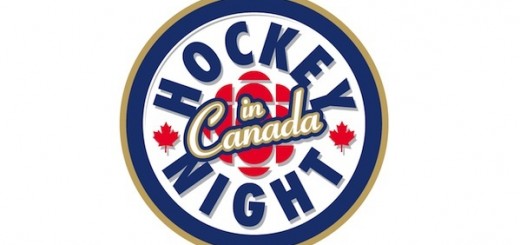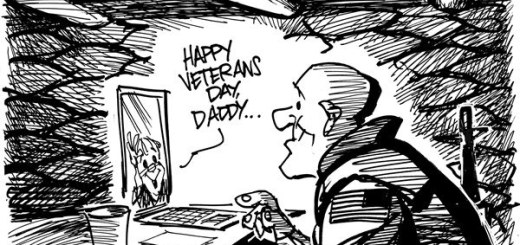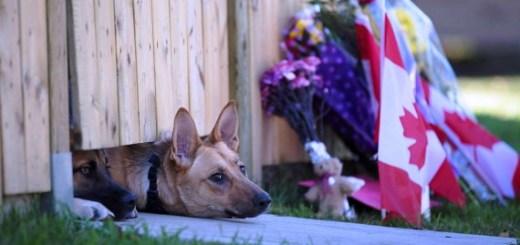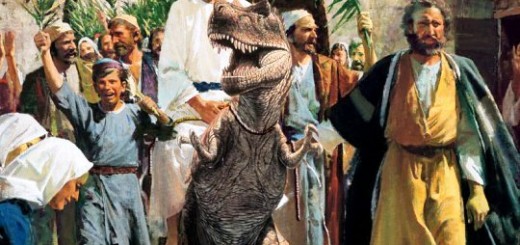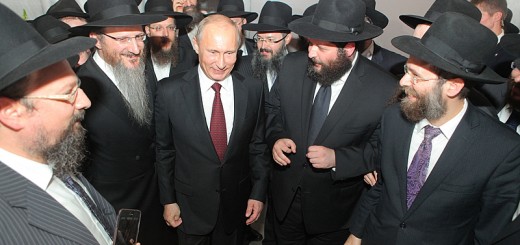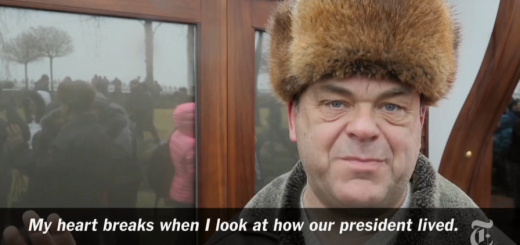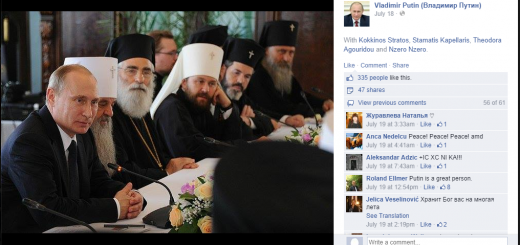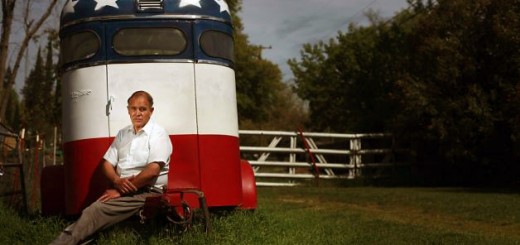No Relation to Jennifer Love Hewitt or her Wallpapers
Hello, Canada, and hockey fans in the United States and Newfoundland. — Foster Hewitt
Picture a Hockey Arena, Ontario, Canada, February 16, 1923
Let me help you out here. Think of a soccer field on ice, a tad shorter and about half as wide.
A hockey game, broadcast on live radio, play-by-play, described by a newspaper reporter of the Toronto Star. (Picture a young Clark Kent, before he became a super-hero).
Not through a radio microphone. But a 20’s style upright black telephone. (Picture Elliot Ness).
Connected to Bell Telephone’s system wired into the arena. Then transmitted over the airwaves to the CFCA radio station — owned by the Star — where it was amplified and sent along its merry way for thousands of miles. (No picture comes to mind).
The inexperienced sportscaster later said that his greatest challenge was the Bell Telephone Operator interrupting him every few minutes, inquiring as to what number he was calling. (Picture Ruth Buzzi’s “Ernestine”).
That reporter was Foster Hewitt. (Picture, well, Foster Hewitt, coupled with a gentle reminder, no relation to Jennifer or her wallpaper).
And with him, hockey’s famous “He shoots, He scores” was born.
Mr. Hockey Night in Canada
The Star’s sports editor was W. A. Hewitt who invited his son, Foster, to join the paper in anticipation of it launching a radio station. The younger Hewitt was fascinated by radios and everything about them, and even imported crystal sets around the age of 19 to sell in Canada. Both uncles were also sports journalists.
When the Star’s radio station tried its hand at something very new to broadcasting, live hockey, Hewitt was “foster-on-the-spot”. The rest is well-recorded in history books.
When the Toronto Maple Leafs hockey team was established in 1927, Hewitt became the team’s radio announcer, and by 1931 when Maple Leaf Gardens opened its doors, he’d inherited exclusive broadcasting rights to their games.
On November 1, 1952 Hewitt broadcast the first televised hockey game in Canada, between the Montreal Canadiens and Toronto Maple Leafs.
At one point Hewitt’s audiences reached six million, an estimated third of the population of Canada at the time, eventually culminating in his calling some 5,000 sporting events.
All Good Things . . . .
Hewitt was called out of retirement in 1972 to broadcast the historic Summit Series games between Canada and the USSR.
He passed away at the age of 81, numerous awards and accolades to his credit.
Hewitt’s original broadcast booth, or the gondola he described in the video at the onset of this post, was incinerated in 1979 when one Harold Ballard decided to make way for private boxes.
As for Gravel Roads
Those Saturday nights were always headlined with a Hewitt’s voice on Hockey Night in Canada, first branded and broadcast in 1955, by Foster himself.
In 1957 his son, Bill, assumed the “Voice of Hockey” and with it, my recollection of hockey’s trademark, “Hello, Canada, and hockey fans in the United States and Newfoundland” — minus the Newfoundland — (Another post entirely) and with it the trademark, “He shoots. He scores”.
Goodnight, Canada, the United States (and Newfoundland). And especially goodnight, Mr. Hewitt.
Note from Gravel Roads — In preparing for this post, as I do with others, I try to measure the interest level of my subject through various media sources. Efforts to generate articles or images associated with Foster Hewitt, ultimately resulted in Jennifer Love Hewitt — and her wallpapers. No disrespect intended to either subject, merely an enlightening tidbit to account for the title of this post.




